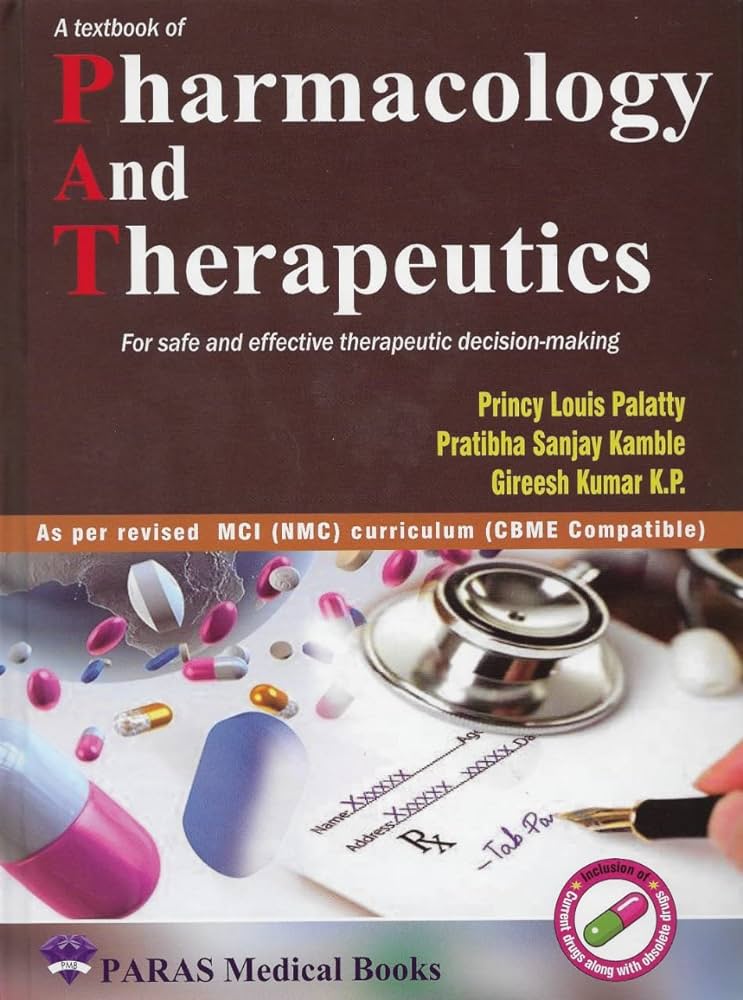尤文氏肉瘤的信号通路和靶向治疗。
IF 12.5
1区 医学
Q1 PHARMACOLOGY & PHARMACY
引用次数: 0
摘要
尤文氏肉瘤(Ewing sarcoma)是第二常见的骨恶性肿瘤,有发生于软组织的潜在危险,具有高度的侵袭性,主要发生在儿童和青少年身上。它的特点是染色体易位产生融合蛋白。融合蛋白诱导多种信号通路和分子的畸变,构成了致癌转化的关键事件。虽然诊断和治疗方式在近几十年来取得了进步,包括手术、放疗和化疗在内的多模式治疗显著提高了局部肿瘤患者的生存率,但转移性肿瘤患者的预后仍然很差。迫切需要新的替代治疗方法,但将我们对尤文氏肉瘤发病机制的理解转化为改善临床结果仍然是一个关键的挑战。在这里,我们提供了全面的综述尤文氏肉瘤,包括融合蛋白,各种信号通路,关键的致病分子参与其发展,以及相关的靶向治疗和免疫治疗。我们总结了过去的努力,当前的进展,并讨论了局限性和未来的研究方向。预计本综述将为尤文氏肉瘤的前瞻性治疗途径提供新的见解。本文章由计算机程序翻译,如有差异,请以英文原文为准。
Signaling pathways and targeted therapies in Ewing sarcoma
Ewing sarcoma, the second most prevalent malignant bone tumor with potential occurrence in soft tissues, exhibits a high level of aggressiveness, primarily afflicting children and adolescents. It is characterized by fusion proteins arising from chromosomal translocations. The fusion proteins induce aberrations in multiple signaling pathways and molecules, constituting a key event in oncogenic transformation. While diagnostic and therapeutic modalities have advanced in recent decades and multimodal treatments, including surgery, radiotherapy, and chemotherapy, have significantly improved survival of patients with localized tumors, patients with metastatic tumors continue to face poor prognoses. There persists a pressing need for novel alternative treatments, yet the translation of our understanding of Ewing sarcoma pathogenesis into improved clinical outcomes remains a critical challenge. Here, we provide a comprehensive review of Ewing sarcoma, including fusion proteins, various signaling pathways, pivotal pathogenetic molecules implicated in its development, and associated targeted therapies and immunotherapies. We summarize past endeavors, current advancements, and deliberate on limitations and future research directions. It is envisaged that this review will furnish novel insights into prospective treatment avenues for Ewing sarcoma.
求助全文
通过发布文献求助,成功后即可免费获取论文全文。
去求助
来源期刊
CiteScore
23.00
自引率
0.70%
发文量
222
审稿时长
90 days
期刊介绍:
Pharmacology & Therapeutics, in its 20th year, delivers lucid, critical, and authoritative reviews on current pharmacological topics.Articles, commissioned by the editor, follow specific author instructions.This journal maintains its scientific excellence and ranks among the top 10 most cited journals in pharmacology.

 求助内容:
求助内容: 应助结果提醒方式:
应助结果提醒方式:


